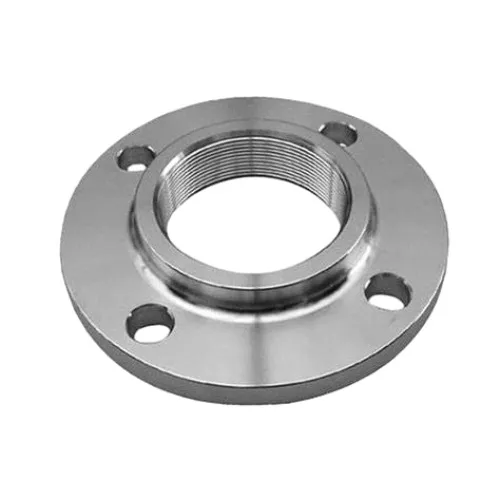-
Cangzhou Yulong Steel Co., Ltd.
-
Phone:
+86 13303177267 -
Email:
admin@ylsteelfittings.com
- English
- Arabic
- Italian
- Spanish
- Portuguese
- German
- kazakh
- Persian
- Greek
- French
- Russian
- Polish
- Thai
- Indonesian
- Vietnamese
- Zulu
- Korean
- Uzbek
- Hindi
- Serbian
- Malay
- Ukrainian
- Gujarati
- Haitian Creole
- hausa
- hawaiian
- Hebrew
- Miao
- Hungarian
- Icelandic
- igbo
- irish
- Japanese
- Javanese
- Kannada
- Khmer
- Rwandese
- Afrikaans
- Albanian
- Amharic
- Armenian
- Azerbaijani
- Basque
- Belarusian
- Bengali
- Bosnian
- Bulgarian
- Catalan
- Cebuano
- China
- China (Taiwan)
- Corsican
- Croatian
- Czech
- Danish
- Esperanto
- Estonian
- Finnish
- Frisian
- Galician
- Georgian
- Kurdish
- Kyrgyz
- Lao
- Latin
- Latvian
- Lithuanian
- Luxembourgish
- Macedonian
- Malgashi
- Malayalam
- Maltese
- Maori
- Marathi
- Mongolian
- Myanmar
- Nepali
- Norwegian
- Norwegian
- Occitan
- Pashto
- Dutch
- Punjabi
- Romanian
- Samoan
- Scottish Gaelic
- Sesotho
- Shona
- Sindhi
- Sinhala
- Slovak
- Slovenian
- Somali
- Sundanese
- Swahili
- Swedish
- Tagalog
- Tajik
- Tamil
- Tatar
- Telugu
- Turkish
- Turkmen
- Urdu
- Uighur
- Welsh
- Bantu
- Yiddish
- Yoruba

Oct . 08, 2024 04:52 Back to list
schedule 40 welded pipe fittings
Understanding Schedule 40 Welded Pipe Fittings
Welded pipe fittings are vital components in piping systems across various industries, including construction, manufacturing, and oil and gas. Among the various specifications available, Schedule 40 stands out due to its widespread use and adaptability. Understanding Schedule 40 welded pipe fittings can enhance a project's efficiency and longevity.
What is Schedule 40?
Schedule 40 refers to a standard that defines the wall thickness of pipes and fittings. It is part of a classification system that provides details regarding the material's strength, pressure capacities, and overall performance. The term schedule indicates the relationship between the pipe's diameter and wall thickness; as the diameter increases, so does the wall thickness. This specification is available for various materials, including PVC, CPVC, and metal (like carbon steel or stainless steel).
Applications and Advantages
Schedule 40 welded pipe fittings are employed in numerous applications, such as water supply, drainage systems, HVAC systems, and industrial processes. One significant advantage of using Schedule 40 fittings is their ability to withstand moderate pressures, making them suitable for both residential and commercial needs.
The welded approach also offers durability and integrity in the piping system. The welding process creates a strong, leak-proof joint, minimizing the risk of failure that can arise from threaded connections, which can loosen over time due to vibrations or fluctuations in temperature. This reliability is crucial for high-stakes applications like oil and gas transport, where even minor leaks can lead to catastrophic failures.
schedule 40 welded pipe fittings

Types of Schedule 40 Fittings
Schedule 40 fittings come in various shapes and sizes to meet diverse installation needs. Common types include elbows, tees, reducers, and caps. Elbows are used to change the direction of flow within the pipe system, while tees allow branching off the main line. Reducers help transition between different pipe sizes, while caps are used to seal the end of a pipe.
Material Considerations
While Schedule 40 fittings are most frequently associated with PVC and metal options, the choice of material impacts performance and suitability. PVC Schedule 40 fittings, for example, are resistant to corrosion and are lightweight, making them an excellent choice for water and chemical transport. Conversely, metal Schedule 40 fittings offer greater strength and are often used in high-temperature or pressure-intensive environments.
Conclusion
In summary, Schedule 40 welded pipe fittings are essential in a variety of applications, providing durability, reliability, and ease of installation. Their standardized dimensions ensure compatibility with various pipe systems, making them a preferred choice for engineers and contractors. Understanding the features, applications, and advantages of Schedule 40 fittings can significantly enhance the effectiveness of any piping project, ensuring that it meets industry standards and customer expectations. Whether dealing with residential plumbing or complex industrial systems, Schedule 40 welded pipe fittings are a foundational element that contributes to the overall success of the installation.
Latest news
-
ANSI 150P SS304 SO FLANGE
NewsFeb.14,2025
-
ASTM A333GR6 STEEL PIPE
NewsJan.20,2025
-
ANSI B16.5 WELDING NECK FLANGE
NewsJan.15,2026
-
ANSI B16.5 SLIP-ON FLANGE
NewsApr.19,2024
-
SABS 1123 FLANGE
NewsJan.15,2025
-
DIN86044 PLATE FLANGE
NewsApr.19,2024
-
DIN2527 BLIND FLANGE
NewsApr.12,2024
-
JIS B2311 Butt-Welding Fittings LR/SR 45°/90° /180°Seamless/Weld
NewsApr.23,2024











